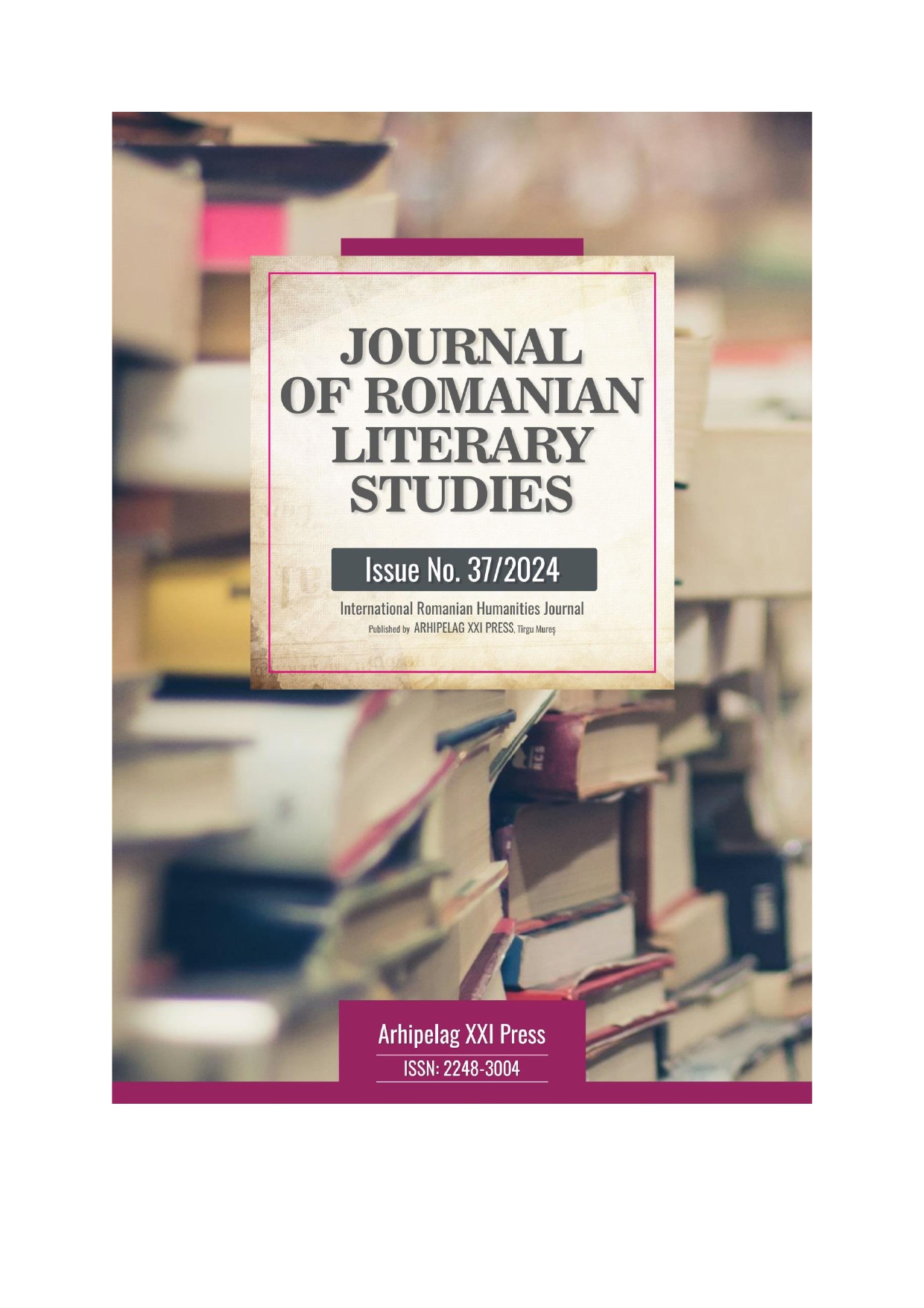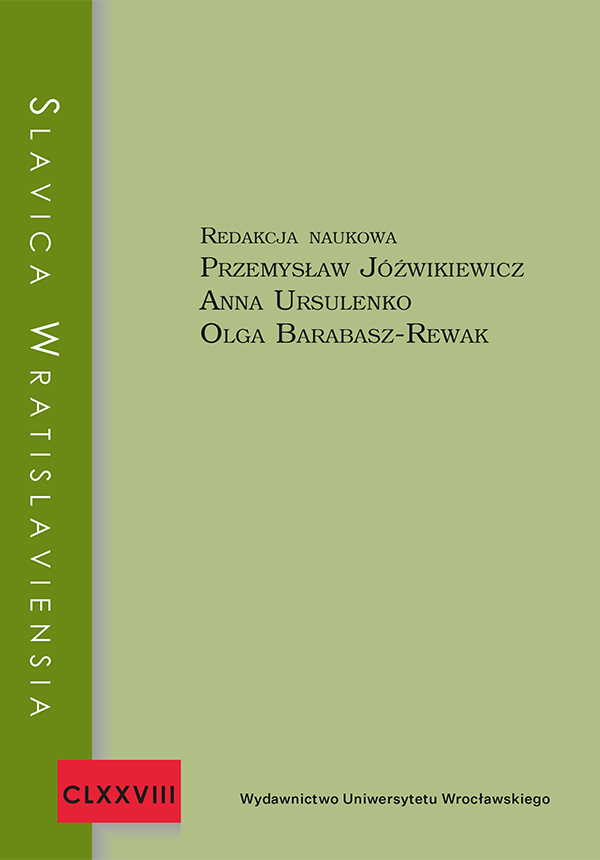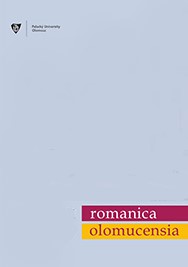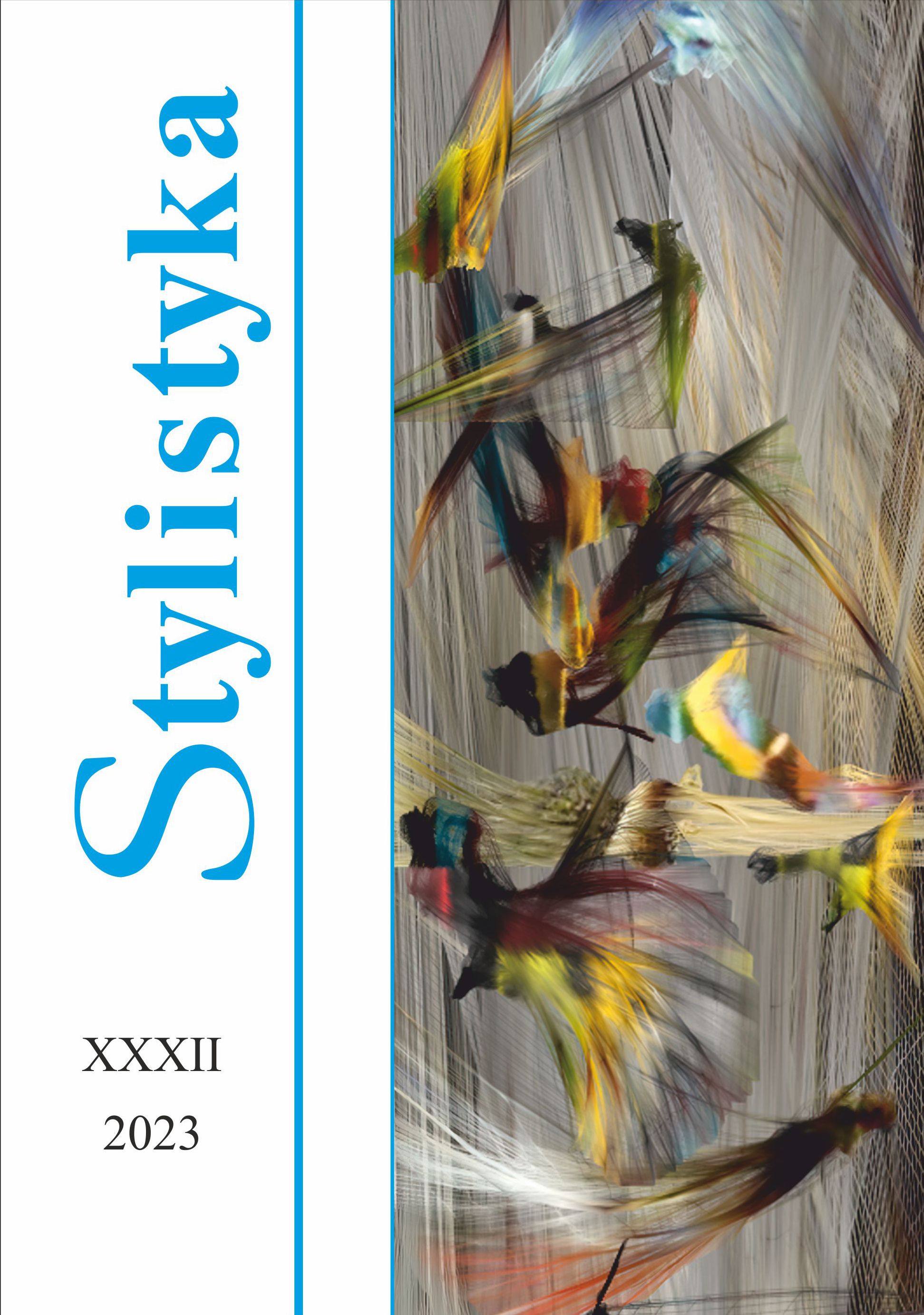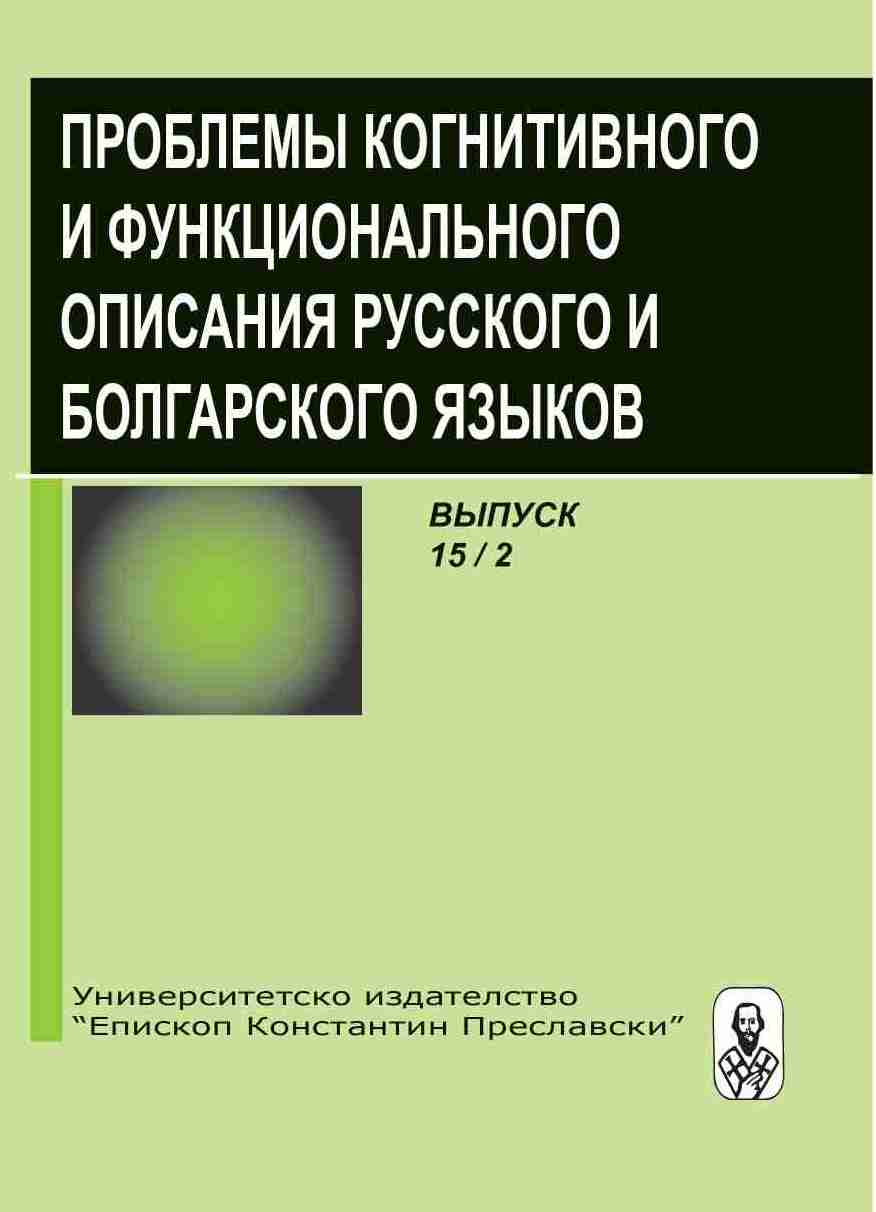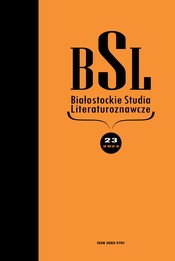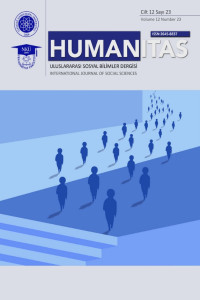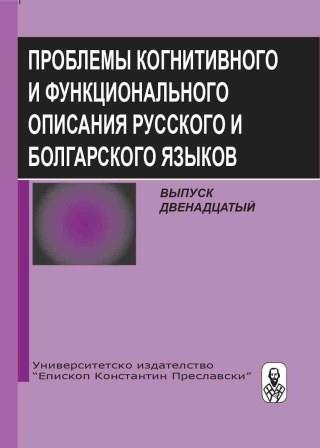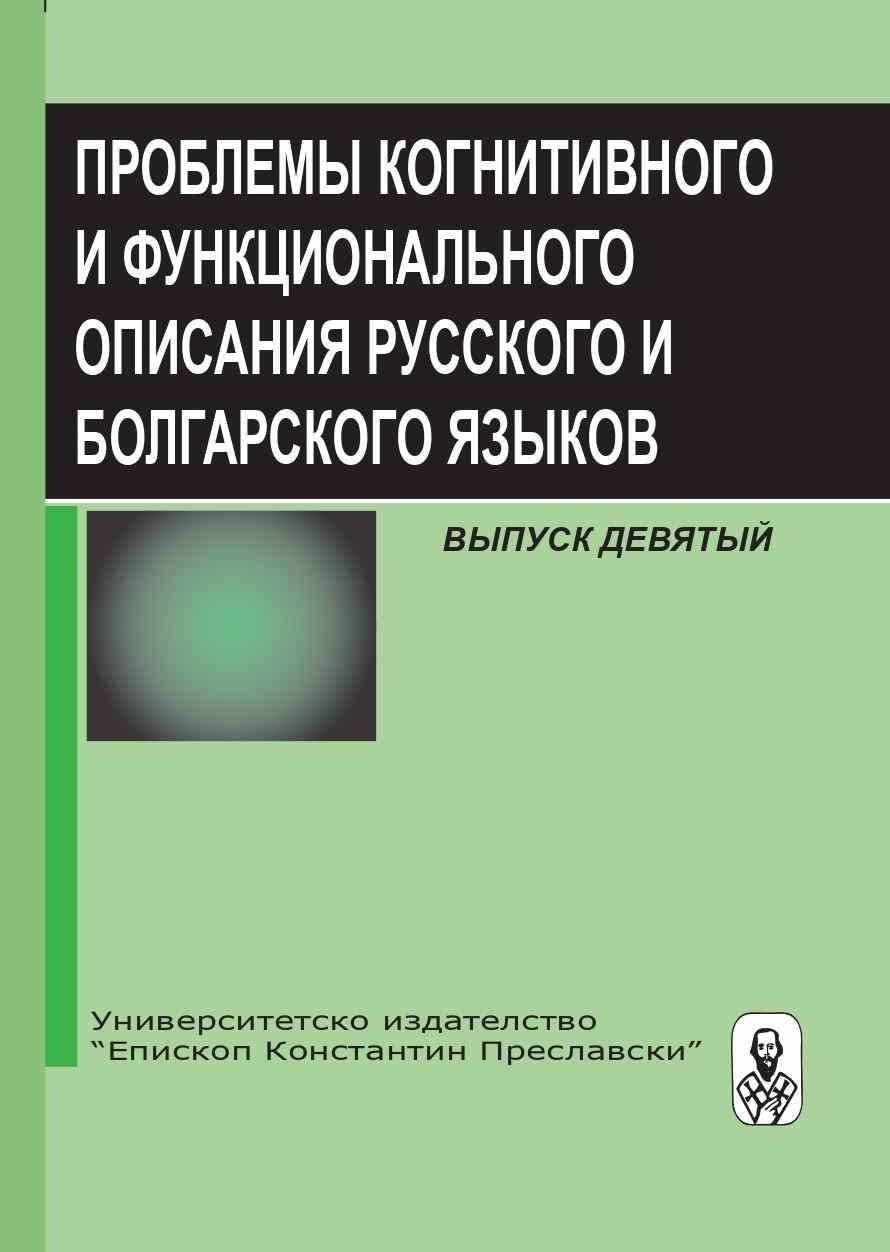Author(s): Aysel AHMEDOVA / Language(s): Turkish
Issue: 23/2024
Most of the Old Uyghur texts are religious texts, but literary features are also common in these texts. Altun Yaruk Sudur is one of the biggest Old Uyghur Buddhist works. Figures of speech including repetitions are frequently encountered in this work. Repetitions add literary value to Altun Yaruk and provide the text with coherence. There are various types of repetitions in Altun Yaruk such as anaphora (repeating the words at the beginning of the sentences), epiphora (repeating the words at the end of the sentences), repeating the hendiadys made of the same words, using different forms of the same word, using different words from the same root, repeating the sentence or some parts of it, repeating functional parts of speech (postpositions, conjunctions), etc. Instead of the use of pronouns as reference items, the work uses the previous word. In Altun Yaruk, there are paragraphs which are almost entirely composed of repetitions. The aim of the study is to determine repetitions in Altun Yaruk, to find out the types and usage characteristics of the repetitions. For this purpose, we will apply to the studies on the notions like repetitions, their types, and the role of repetitions in forming cohesion in texts, we will analyze the examples of repetitions in Altun Yaruk, and by explaining their meanings, we will define their functions in forming the text. The paper asserts that repetitions are very frequent in Altun Yaruk, that these repetitions form cohesion in the text, they add poetic features and expressive power to the text, they make it more comprehensible and memorable. Besides, it will show that the repetitions in Altun Yaruk were not made by chance, but each of them was added to the text by the will and decision of the translator.
More...
